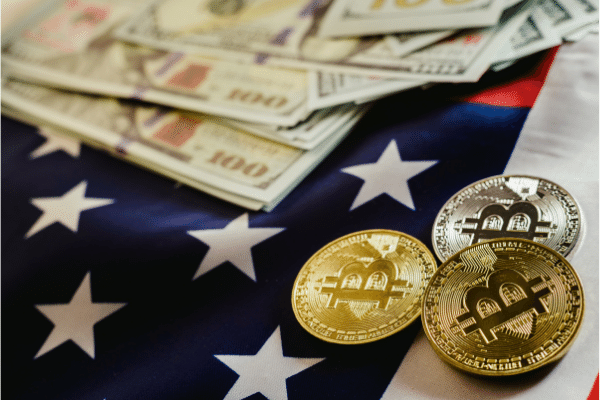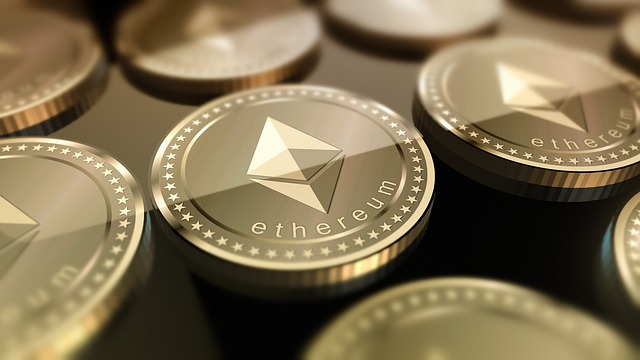
- Ultimately the Consumer Price Index increased 8.5% last month compared with a year ago, according to the Bureau of Labor Statistics, the highest pace of price increases since 1981.
- Even when volatile items such as food and energy were stripped out, prices still romped ahead with a 6.5% annual increase.
Depending on which side you’re looking at prices from, inflation may have already peaked or is on its way higher.
With the Russian invasion of Ukraine roiling commodity markets, expectations were already high that the pace of price increases would have quickened in March, with most estimates putting inflation at around 8.9%.
Ultimately the Consumer Price Index increased 8.5% last month compared with a year ago, according to the Bureau of Labor Statistics, the highest pace of price increases since 1981.
The monthly jump was also 1.2%, the quickest pace of rising prices since September 2005 and a sharp acceleration from the 0.8 increase recorded in February.
Even when volatile items such as food and energy were stripped out, prices still romped ahead with a 6.5% annual increase.
On the bright side, prices could have accelerated even faster, especially considering that March was the first full month when the effects of the Russian invasion of Ukraine were factored in, but measures such as the release of strategic oil reserves by the Biden administration helped to put a lid on fuel price increases.
More importantly, the “core” CPI data which strips out food and energy prices, was a lot more moderate in its increase, prompting a rally in U.S. Treasuries and suggesting that there may be some light at the end of the tunnel when it comes to supply chains.
Prices of used vehicles, which had been skyrocketing since the pandemic as Americans shied away from mass transit, fell 3.8% in March and which before the Russian invasion had been a major contributor to overall inflation data.
Markets are now pricing in a more sanguine increase in interest rates this year of about 2.45%, down from the 2.59% earlier in the day, but much higher than the current range of between 0.25% to 0.50%.



